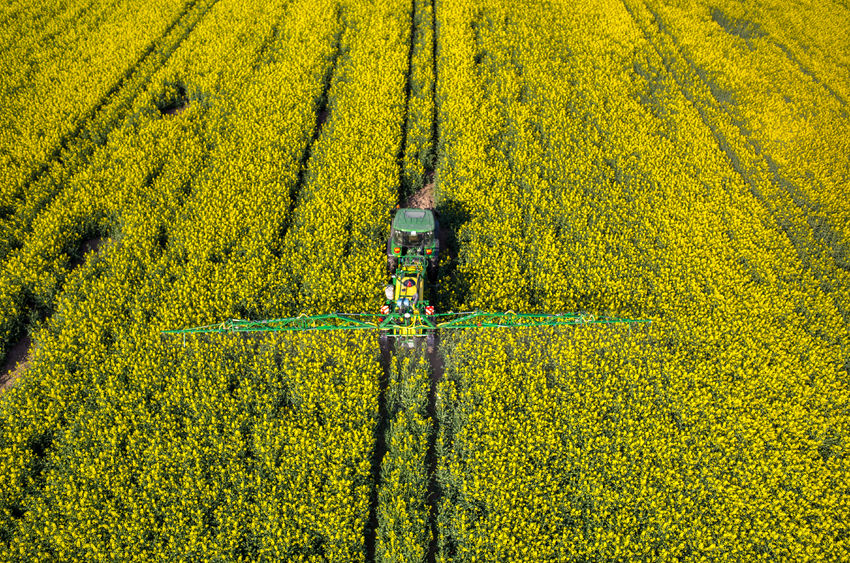
Organisations and bodies within the farming industry have joined forces to promote best practice to help ensure the continued availability and efficacy of glyphosate-based products.
The European Commission recently renewed the approval of glyphosate for five years. Now, action is being taken to ensur both the availability and efficacy of glyphosate in the UK for agriculture.
Organisations such as the AHDB, Agricultural Industries Confederation (AIC), NFU and the Weed Resistance Action Group (WRAG) have worked alongside companies within the UK glyphosate industry – Albaugh, Barclay, FMC, Monsanto, Nufarm and Syngenta – to review guidance and update resources.
Since its introduction over 40 years ago, glyphosate has become one of the most frequently used herbicides in the UK.
Paul Gosling, lead weed expert at AHDB, said: “The industry fought hard to retain it and now, with the herbicide’s immediate future secured, it is vital that residues are minimised and resistance risks are managed.
“With planning for the 2022 renewal process already underway, glyphosate users must be proactive and follow best practice.”
Minimise residues
One way in which glyphosate is used in pre-harvest is on a range of cereal, oilseed and pulse crops to control weeds, aid harvesting and protect grain quality and food safety.
The organisations say label recommendations and harvest intervals must be adhered to and best practice followed to ensure that any crop residues are kept to a minimum.
A new publication entitled ‘Pre-harvest glyphosate use in cereals and oilseed rape’ is now available from AHDB.
It outlines the key points to consider, including application timing, which can be followed in the run up to harvest 2018.
Maintain performance
Although there have been no confirmed cases of glyphosate-resistant weed populations in the UK, examples have been identified in Europe.
Together with widespread resistance to other herbicides and the loss of key active ingredients, the organisations say it is vital to prevent resistance to glyphosate and retain its efficacy.
In 2015, guidelines from WRAG detail how best to use glyphosate as a stale seedbed management tool. Put simply, the strategy is: one, prevent survivors; two, maximise efficacy; three, use alternatives; and four, monitor success.
James Clarke from ADAS and WRAG Chairperson said: “Research conducted since 2015 has confirmed that these guidelines are robust. They represent the most recent position and, if followed, can help us to avoid the development of glyphosate resistance in the UK.
“For weeds, management decisions made by individuals have an impact in their own fields, even if others get it wrong. Alternatives to glyphosate should be used whenever possible and more than two pre-drilling applications must always be avoided.
“When applied, it should be at the right dose, at the right time and in the right conditions. Any surviving weeds should not be treated with glyphosate again and any suspected resistance must always be reported and investigated,” Mr Clarke added.
